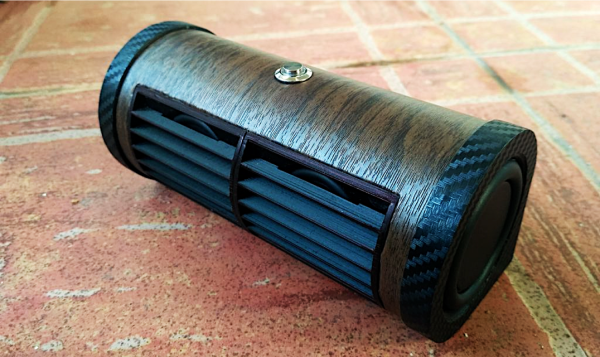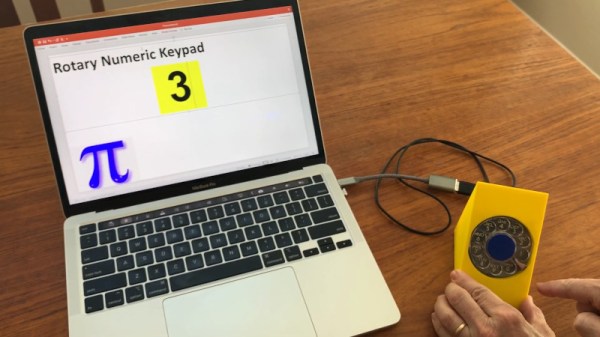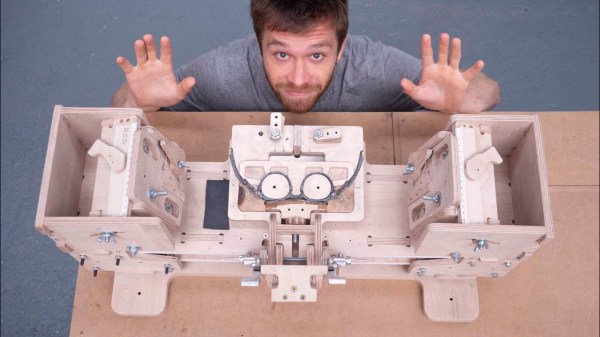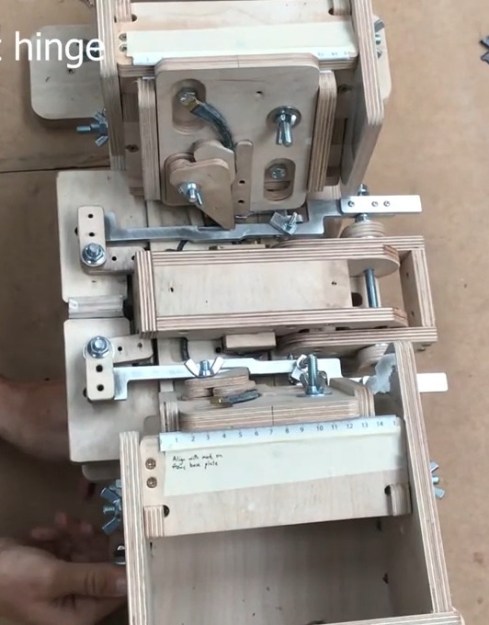[8BitsAndAByte] are back, and this time they’re taking on the comments section with art. They wondered whether or not they can take something as dubious as the comments section and redeem it into something more appealing like art.
They started by using remo.tv, a tool they’ve used in other projects, to read comments from their video live feeds and extract random phrases. The phrases are then analyzed by text to speech, and a publicly available artificial intelligence algorithm that generates an image from a text description. They can then specify art styles like modern, abstract, cubism, etc to give their image a unique appeal. They then send the image back to the original commenter, crediting them for their comment, ensuring some level of transparency.
We were a bit surprised that the phrase dog with a funny hat generated an image of a cat, so I think it’s fair to say that their AI engine could use a bit of work. But really, we could probably say that about AI as a whole.
Continue reading “Art Generated From The Dubious Comments Section”


















